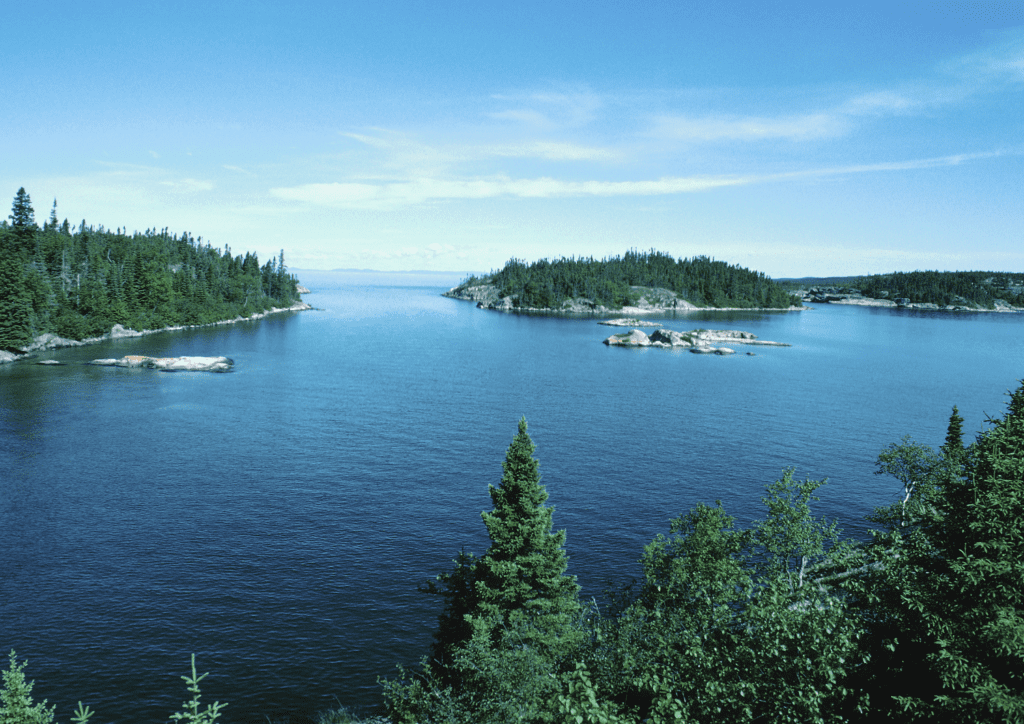For Canada Water Week, March 16-22, Environmental Defence is celebrating water! Each day this week we’ll post a new blog which will explore how our programs all have a connection with water. We begin with our water program and what we are doing to protect Ontario’s lakes and waterways.
Ontario is a land of water—from the iconic Hudson Bay, to Lake Simcoe, to the sparkling lakes across the Muskokas and Kawarthas. In fact, we have 250,000 lakes that, together, hold one third of world’s available freshwater. Ontario’s rivers carry water from the headlands to the lakes, and eventually the Atlantic Ocean. Almost the whole southern border, with the mighty Great Lakes and St. Lawrence River, is water. Our most notorious water landmark, Niagara Falls, is Ontario’s top tourist destination.
To be an Ontarian means to be close to water. Our identity–culture, food, recreational habits—are closely connected to our watery landscape. Ontario would be a different place if we couldn’t eat local fish, swim in the lakes, or take a boat out for a spin or paddle?
Water is critical to our survival, to our environment, and to our communities. That’s why we educate people about the need for safer, cleaner water—and the steps Canada can take to protect water for people and nature. Right now, we’re working on getting the Great Lakes Protection Act passed, which would increase water protection across the Great Lakes basin, where more than 98 per cent of Ontarians live. Currently being debated in the Ontario Legislature, the new law would help address the most severe threats to the Great Lakes, and would empower local groups to develop solutions to protect their community’s water. It would also establish a Great Lakes Guardians’ Council, a collaborative forum for provincial ministers to discuss priorities, financial measures, and share information.
We’re also working to get plastic microbeads out of personal care products like toothpaste and body wash. The tiny beads, which are used as exfoliants or to make a product sparkle, are too small to be caught by wastewater treatment plants, so they flow right from our drains into our lakes and rivers. Once there, they act like sponges, absorbing dangerous chemicals in the water. Fish consume these toxic chemicals when they mistake microbeads as food. The beads can also block digestion systems and lead to the starvation of fish. Ontario is currently considering a bill to ban microbeads (you can tell the province you support the bill here), and we are also working to get these beads banned across Canada.
This week, we are asking you to help us turn social media into a sea love for the Great Lakes! Step one: download this photo. Step two: make it your Facebook and Twitter profile picture. Step three: share the idea with your friends. Here’s a sample message: This #CanadaWaterWeek, I changed my profile pic to show I
Be sure to check out our other blogs here this week to find out the many ways Environmental Defence is protecting water through our Greenbelt, Toxics, Energy, Clean Economy, and Blue Flag programs.







